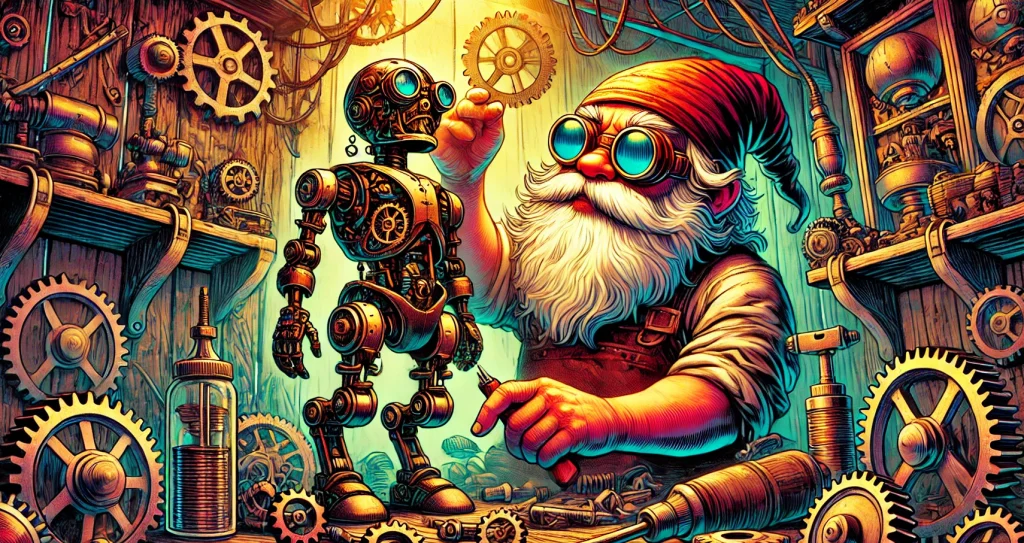During character creation, players are encouraged to start with just a few attributes—or even none at all. As long as the character concept is well-developed, attributes will naturally emerge as the adventure unfolds. For example, if your vampire character needs to transform into a bat, suggest it as an attribute when the moment arises. The GM and player can then discuss which attribute type fits best, with the final decision resting with the GM. The playgroup should agree on an appropriate number of level-one attributes based on the character’s intended strength for the campaign.
When creating an attribute, be sure to include a clear description along with any mechanical advantages or disadvantages it provides. Depending on the type of attribute, these details might include factors such as power pool cost, number of uses per day, roll bonuses, effect range, duration, movement rate changes, or any other relevant mechanics. The goal is to ensure the attribute is well-defined and balanced to fit within the overall gameplay and character progression.
Example of Building an Attribute
Player: “I want my gnome to have an attribute for building mechanical items—like once a day, he can tinker something useful depending on the situation.”
GM: “That’s a great idea. We could call it ‘Mechanical Tinkerer.’ Since you want to use it once per day, it would work as an ability. How about you can create a simple mechanical item that lasts up to an hour, like a small scout drone, a trap, or a tool to solve a specific problem?”
Player: “That sounds perfect! It could be adaptable depending on the task at hand, like building a small contraption for scouting or a mechanical grappling hook.”
GM: “Exactly. Let’s say the item takes 10 minutes to assemble and lasts for up to an hour. You can use this ability once per day, and as you level up, the complexity and usefulness of your mechanical creations will increase.”

